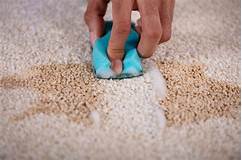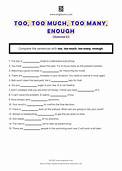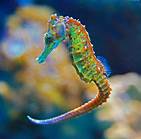Do Woodchucks Make Good Pets?
Woodchucks, also known as groundhogs, are large, burrowing rodents commonly found in North America. While they may appear cute and cuddly, they are not typically considered suitable pets due to their complex needs and specific behaviors.

Temperament and Behavior
1. Solitary Animals: Woodchucks are solitary creatures and can be quite territorial. They may become aggressive towards other woodchucks, especially during mating season, and may not tolerate handling or interactions with humans.
2. Nocturnal Activity: Woodchucks are primarily nocturnal, meaning they are most active at night. This can make it difficult to provide adequate care and attention during the day.
3. Digging Instincts: Woodchucks have a strong instinct to dig burrows, which can cause extensive damage to gardens, lawns, and landscapes. They may also dig their way out of enclosures or cages, making it challenging to keep them contained.
Diet and Nutrition
1. Complex Dietary Needs: Woodchucks have a diet consisting of various plant materials, including grasses, leaves, fruits, and vegetables. They also consume insects, snails, and worms. Providing a balanced and nutritious diet for a woodchuck in captivity can be challenging.
2. Limited Availability of Food: During the winter months, woodchucks hibernate and do not eat. This means that they must store enough fat reserves during the summer and fall to sustain themselves throughout the hibernation period. Replicating this natural cycle in captivity can be difficult.
3. Obesity Risks: Woodchucks are prone to obesity if they consume too many high-calorie foods. Providing a controlled diet and ensuring regular exercise can help prevent weight gain problems.
Housing and Enclosure
1. Spacious Enclosure: Woodchucks require a large enclosure that provides ample space for digging, foraging, and exercise. The enclosure should be escape-proof, sturdy enough to withstand digging attempts, and have proper ventilation.
2. Burrowing Area: Woodchucks need a designated area within their enclosure where they can dig and create their burrows. This area should have a suitable substrate, such as soil or sand, to allow for natural burrowing behavior.
3. Proper Temperature and Humidity: Woodchucks thrive in temperatures between 60 and 80 degrees Fahrenheit (16 to 27 degrees Celsius) and humidity levels between 30 and 50 percent. Maintaining proper temperature and humidity levels is crucial for their well-being.
Overall Suitability as Pets
Due to their complex dietary needs, specific housing requirements, and potential for destructive behaviors, woodchucks are generally not considered suitable pets. They require specialized care, which can be challenging to provide in a captive environment. Additionally, their nocturnal nature and solitary lifestyle may limit the opportunities for interaction and bonding with humans.
Declaration: All article resources on this website, unless otherwise specified or labeled, are collected from online resources. If the content on this website infringes on the legitimate rights and interests of the original author, you can contact this website to delete it.






